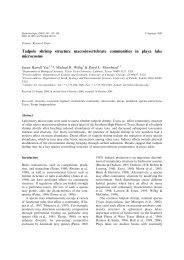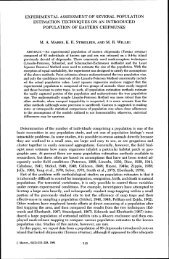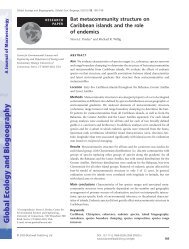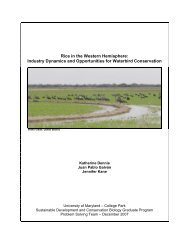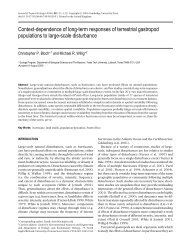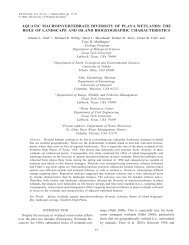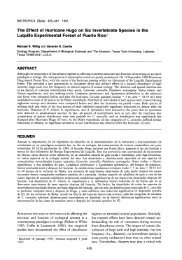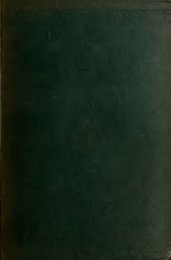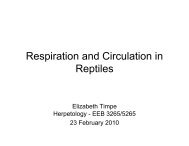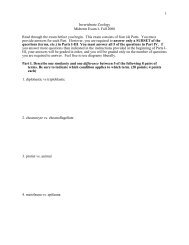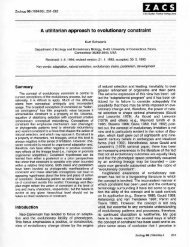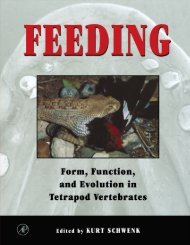Comparative biology and the importance of cladistic classification: a ...
Comparative biology and the importance of cladistic classification: a ...
Comparative biology and the importance of cladistic classification: a ...
You also want an ePaper? Increase the reach of your titles
YUMPU automatically turns print PDFs into web optimized ePapers that Google loves.
Ascalabota<br />
Iguania<br />
CLADISTIC CLASSIFICATION 73<br />
Autarchoglossa<br />
Scleroglossa<br />
Figure 2. (A) Camp’s (1923) phylogeny <strong>of</strong> squamate reptiles <strong>and</strong> his evolutionary <strong>classification</strong> <strong>of</strong><br />
same. Note that Ascalabota is paraphyletic, containing <strong>the</strong> Gekkonidae, sister group <strong>of</strong> <strong>the</strong><br />
Autarchoglossa. Zonuridae = Cordylidae; (B) Estes, de Queiroz & Gauthier’s ( 1988) <strong>cladistic</strong><br />
phylogeny <strong>and</strong> <strong>classification</strong>. The taxon Scleroglossa is monophyletic, including Gekkota plus<br />
Autarchoglossa. Note that <strong>the</strong> taxa are defined on <strong>the</strong> basis <strong>of</strong> lineages, a common ancestor <strong>and</strong> its<br />
descendents, thus obviating <strong>the</strong> confusion caused by an anagenic transition from one form to<br />
ano<strong>the</strong>r (e.g. ‘reptile’ to bird, or ‘reptile’ to mammal).<br />
Finally, I note, because it becomes significant in <strong>the</strong> discussion below, that<br />
Camp (1923) made two undoubted errors in his taxonomic assignments:<br />
inclusion <strong>of</strong> <strong>the</strong> Pygopodidae <strong>and</strong> Zonuridae (Cordylidae) in <strong>the</strong> Anguimorpha<br />
(Fig. 2A). These taxa are now established unequivocally as <strong>the</strong> sister taxa <strong>of</strong>



